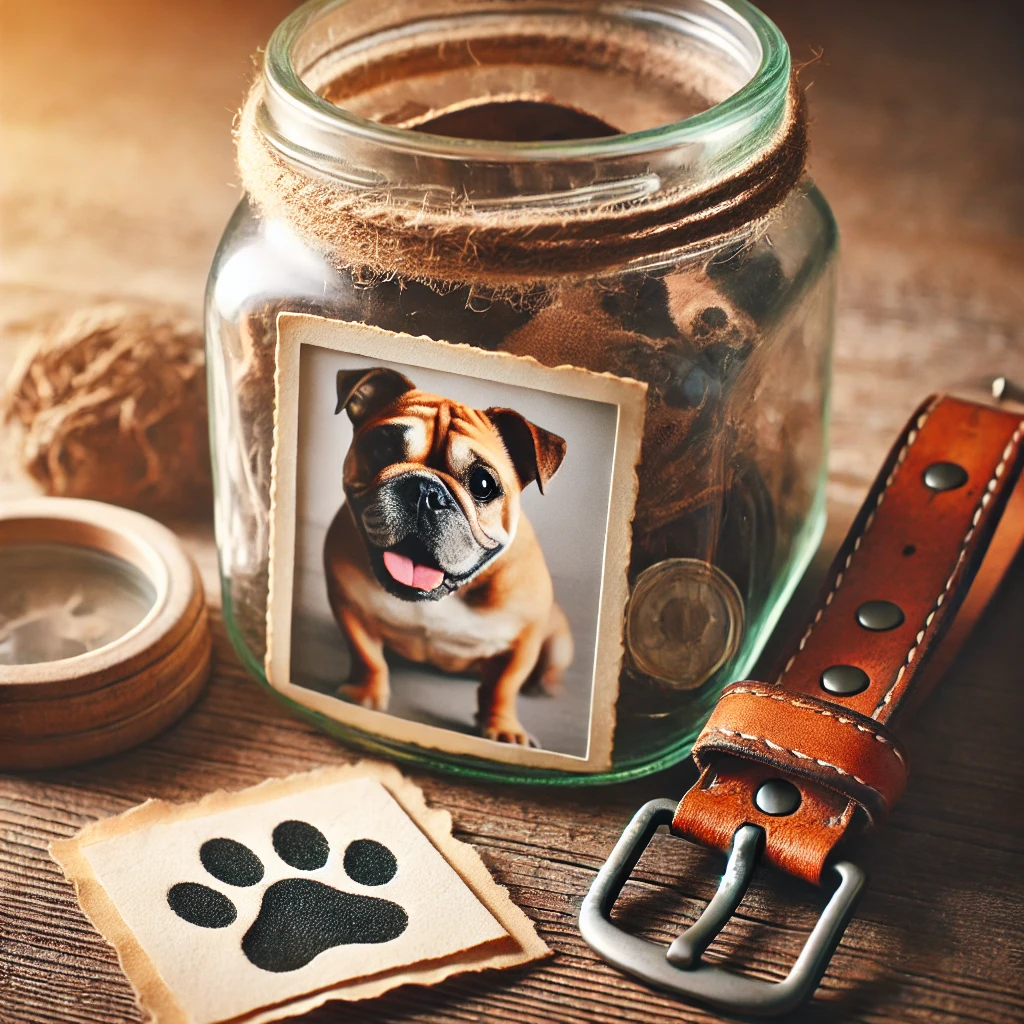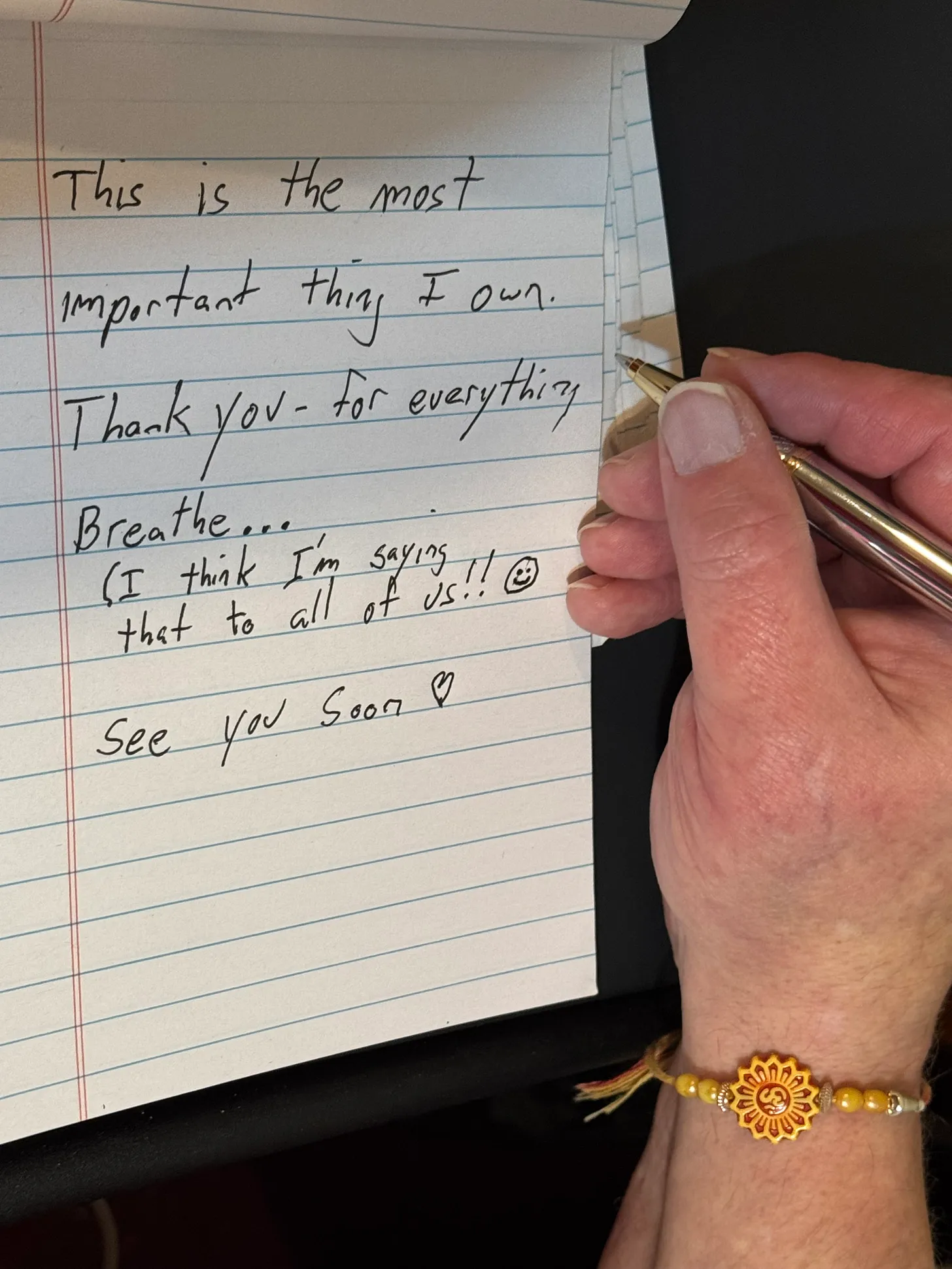Grief is a messy, complicated thing—especially for kids, who don’t always have the words (or even the emotional blueprint) to process loss. Adults barely know what to do with grief; expecting children to navigate it without some kind of tangible support is like handing them a map with no roads. That’s where Memory Jars come in—a simple, hands-on way for kids to hold onto memories, express feelings, and find comfort in something real.
What Is a Memory Jar?
A Memory Jar is exactly what it sounds like—a container filled with notes, drawings, tiny objects, photos, or anything else that connects a child to the person (or pet) they’ve lost. The idea isn’t new; different cultures have long used similar practices to honor loved ones and keep memories alive. But today, Memory Jars are getting more recognition as a therapeutic tool, especially for kids who struggle to articulate their grief.
Why Memory Jars Matter
Grief doesn’t follow rules, and kids experience it in unpredictable ways. Sometimes they talk about it; sometimes they don’t. Sometimes they seem fine—until they’re not. Memory Jars give them a safe, flexible way to process loss without pressure. Psychologists specializing in childhood grief say that physical, interactive tools like this help kids develop healthier coping strategies.
Here’s why Memory Jars work:
- Encourages Emotional Expression: Kids process emotions best through play and creativity. Making a Memory Jar gives them a way to externalize feelings they might not be able to verbalize.
- Preserves Connection: Keeping memories alive in a physical way reassures kids that love doesn’t disappear just because someone is gone.
- Starts Conversations: A Memory Jar makes it easier to talk about grief—without forcing a heavy sit-down discussion.
- Reduces Isolation: When family members contribute to a shared Memory Jar, it reinforces the idea that no one has to grieve alone.
Psychological and Emotional Benefits
Creating and interacting with a Memory Jar isn’t just a craft project—it’s a lifeline. Here’s how it helps:
Tangible Comfort
Grief can feel like trying to hold onto smoke. A Memory Jar gives kids something solid—something they can touch, see, and return to when they need reassurance.
Emotional Literacy
Choosing what to put in the jar forces kids to explore their emotions. Whether they’re writing, drawing, or collecting little keepsakes, they’re learning how to process and express complex feelings like sadness, nostalgia, and even joy.
Open Communication
Talking about the items in the jar can naturally lead to bigger conversations about love, loss, and healing—without making it feel like a forced therapy session.
Sense of Belonging
Grief can be isolating, but shared rituals—like contributing to a family Memory Jar—remind kids that they’re not alone in their loss.
How to Make a Memory Jar: A Simple Guide
What You’ll Need:
- A jar or container with a lid
- Small pieces of paper or note cards
- Pens, crayons, or markers
- Photos or printed images
- Small keepsakes (buttons, jewelry, shells—anything meaningful)
How to Make It:
- Pick a Jar: Let the child choose a container they like—something personal and special.
- Collect Items: Gather pictures, notes, small objects, or anything that brings back memories.
- Write It Down: Encourage the child to write or draw memories, feelings, or messages. Younger kids can dictate their thoughts to an adult or sibling.
- Fill the Jar: Arrange the items in the jar however they want—there’s no wrong way to do it.
- Decorate: Let them personalize the jar with stickers, paint, or ribbons if they want.
Examples of What to Put Inside:
- Notes about favorite moments
- Small personal objects (a button from a favorite shirt, a piece of jewelry)
- Drawings or artwork
- Photos of shared experiences
- Ticket stubs, pressed flowers, or other meaningful keepsakes
Tips for Introducing the Idea to Kids
Bringing up the idea of a Memory Jar takes sensitivity. Here’s how to do it in a way that feels natural and supportive:
- Pick the Right Moment: Find a calm, quiet time when emotions aren’t overwhelming.
- Explain Gently: Let them know it’s okay to remember and that the jar is a safe space for their feelings.
- Respect Their Reactions: Some kids will love the idea immediately; others might need time. There’s no right or wrong response.
- Make It a Group Effort: If possible, involve siblings or other family members to reinforce shared support.
Keeping the Memory Jar Alive
Memory Jars aren’t just a one-time project. Here’s how to make them an ongoing part of healing:
- Rituals & Special Days: Revisit the jar on birthdays, anniversaries, or holidays.
- Weekly Reflections: Pull out a memory together once a week and talk about it.
- Keep Adding to It: Memories don’t stop, and neither should the jar. Encourage kids to keep adding new thoughts and keepsakes as they remember them.
Real-Life Stories: How Memory Jars Have Helped
Emma’s Jar of Smiles
After her grandmother passed away, 7-year-old Emma struggled with sadness. Her mom introduced a Memory Jar, and Emma filled it with notes about their baking sessions, a piece of her grandmother’s old scarf, and bedtime story reminders. It helped Emma feel connected and gave her a way to talk about her feelings.
Jacob’s Treasure Chest
Jacob, 9, lost his dog, Lou. Devastated, he channeled his grief into a Memory Jar. Inside went Lou’s collar, a paw print, and notes about all the silly things Lou used to do. Over time, the jar became less about sadness and more about gratitude for the time they had together.
Final Thoughts
Grief is never easy, especially for kids, but Memory Jars offer a simple, powerful way to process loss, hold onto love, and create a lasting, positive connection to the past. They’re not just jars full of stuff; they’re containers for healing, love, and the reassurance that memories don’t have to fade.
So if you’re helping a child navigate grief, consider making a Memory Jar together. It won’t take away the pain—but it will give them something real to hold onto, and sometimes, that’s enough.


